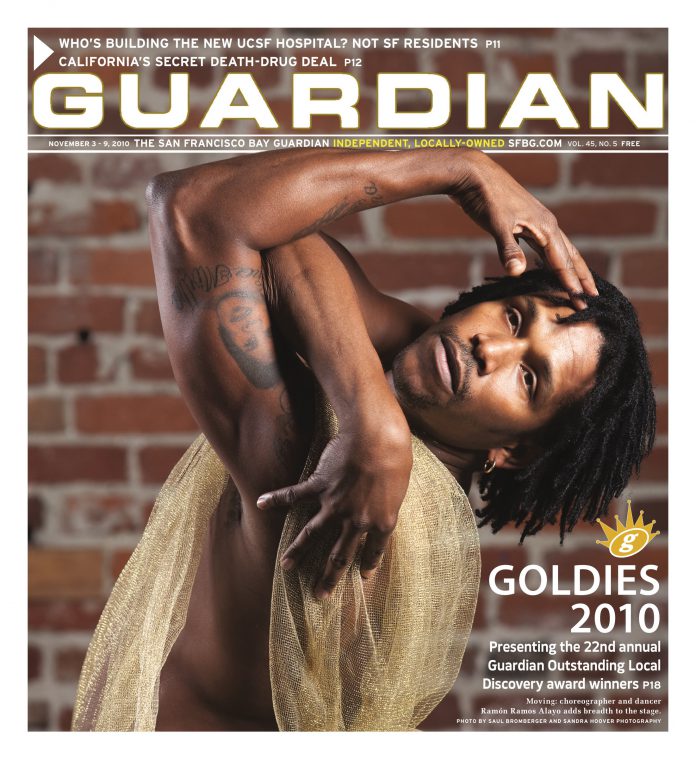As a kid in Cincinnati, Amy Seiwert didn’t want to be a ballet dancer. She strove to become a gymnast, just like her adored older sister. But, she says, “I was a scrawny little thing.” And when she tried walking on her head because her arms couldn’t support her, her parents suggested that ballet might help her gymnastics. “I didn’t want to do it,” she explains. “Ballet was ‘girly’ stuff and I was a tomboy.” Gymnastics’ loss, however, became ballet’s gain.
At 10, Seiwert got hooked on ballet — not the polite, princess/sylph/fairytale type, but the kind that let her soar, jump, turn, and “dance, dance, dance.” For her, the big attraction was ballet’s physicality. “I have always been fascinated with the geometry inside and outside the body. What you are drawing in three-dimensional space is based on physics. Ninety-eight percent of ballet makes perfect sense of what you want to do physically.” She even took a year’s training in Pilates to understand the body’s mechanics from a different perspective.
Seiwert became a good dancer, but she has the potential to become a great choreographer. She quite possibly is the Bay Area’s most original dance thinker, taking what some consider a dead language and using it as a 21st century lingo to tell us something about who we are. Monopoly took on the corporate glass ceiling. It’s Not a Cry looked at the difficulty of letting go even though a relationship has died. Static explored our tendencies to accentuate differences instead of seeing underlying commonalities.
As a choreographer, Seiwert credits much of her development to the late Michael Smuin, in whose Smuin Ballet she performed for nine years, even though his choreography could not have been more different from her own. Current Smuin Artistic Director Celia Fushille appointed Seiwert as choreographer in residence for exactly that reason. With Smuin Ballet, she will face her biggest challenge yet: choreographing Mozart’s Requiem in D Minor, which premieres next spring at Yerba Buena Center for the Arts.
But it’s for her own pick-up company, Im’ij-jre, that Seiwert is creating her most experimental work. It’s there that she works toward overcoming her fear of creating “the same ballet over and over.” In Relying on Fragmentation, she worked with controlled improvisation. In Light Essays, her dancers collaborated with set and light designer Marc Morozumi. Her most daring sharing of responsibility occurred in last year’s White Noise, with Berlin-based software artist Frieder Weiss.
Seiwert comes from a long family line of piano teachers, so perhaps it’s not surprising that she often lets music influence the kind of ballet she chooses to make. She doesn’t eschew the classics, but favors the music of our own day. She draws on a variety of sources, from Kevin Volans to Otis Redding, Steve Reich to Leonard Cohen, Zoe Keating to Morton Feldman.
Three years ago, while working with the Margaret Jenkins Dance Company’s CHIME mentoring program, Seiwert met poet-performer (and 2003 Goldie winner) Marc Bamuthi Joseph and used some of his work within Double Consciousness, a solo for her former colleague Charlie Neshyba-Hodges. “I just so much regretted that I couldn’t have Marc on stage,” she remembers. Next May, Seiwert will get her wish. Atlanta Ballet recently commissioned a new work from her; Bamuthi Joseph will help bring it to life when it premieres. (Rita Felciano)

